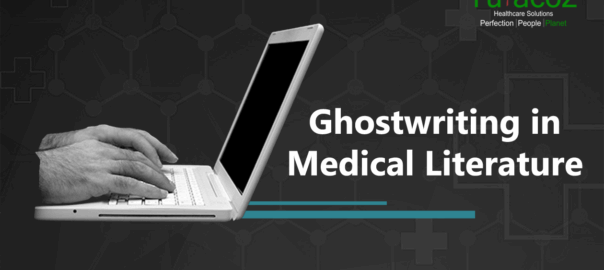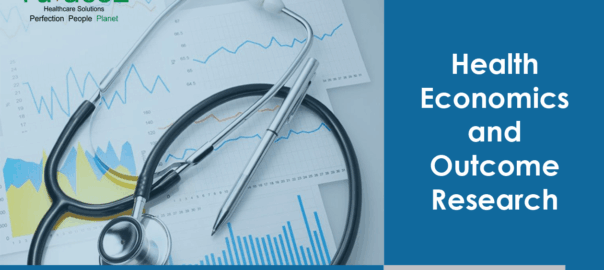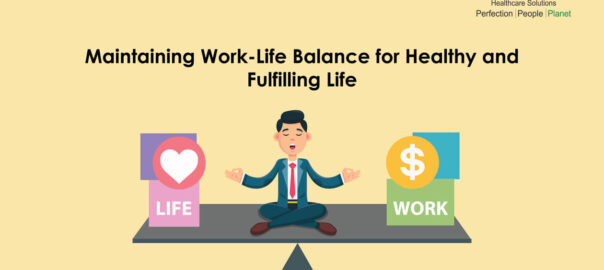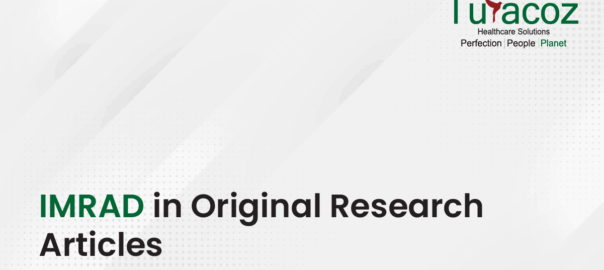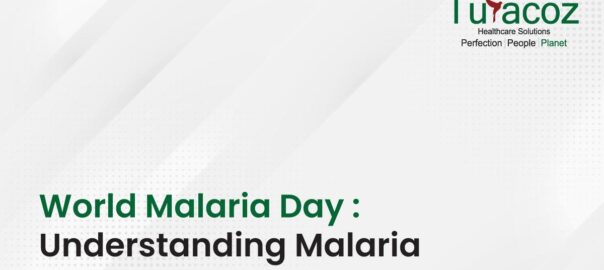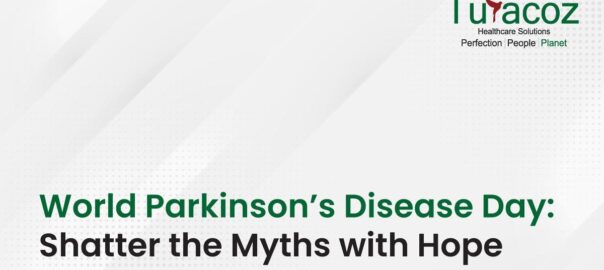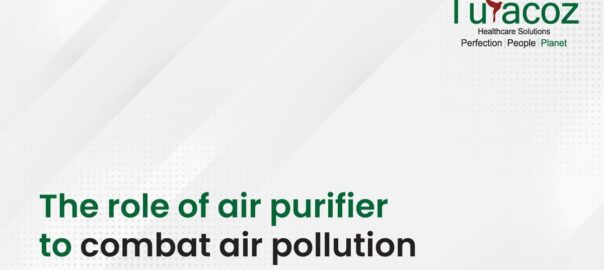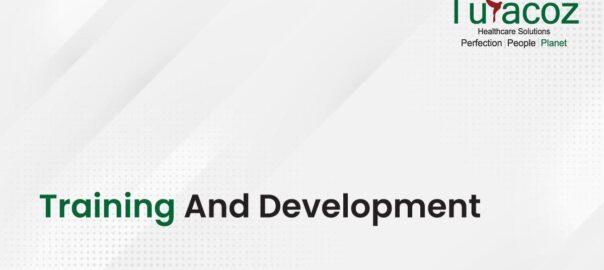With the advances in medical technology and innovations in field of medical sciences and drug development, there has been widespread increase in scientific research papers. These scientific papers not only add volume to the medical literature, but also greatly impact the decision making of doctors and regulatory authorities. Doctors might make decisions pertaining to treatment planning based on the updated information available. Regulatory authorities, on the other hand, use this literature for drug approval process or for formulating new policies. Thus, it is important that the scientific articles should be written and published in an ethical manner and should uncover all the advantages and disadvantages/side effects of newer treatment modalities/drugs so that the medical literature is free from bias.
Concept of Ghostwriting
Ghostwriting in medical literature is an awful breach to the ethics in dissemination of information obtained from scientific/medical research. This practice of ghostwriting has widely attracted the attention of medical writers and scientific community and has been greatly criticized by them. Ghostwriters are the ones who are hired by pharmaceutical companies for drafting scientific articles for purpose of marketing their product. Such papers incorporate good effects of product while making exaggerated promises and omit its side effects that might adversely affect its usage/ approval/marketing. The articles written in this manner are credited with the authorship of physicians and academicians in the field to enhance the credibility of given information projecting the same as an unbiased source.
As per a review paper by Górski A et al in 2010, approximately 10% of papers published in reputed journals were estimated to be ghostwritten. Furthermore, this rate was suggested to be even higher for some of the medical specialties. Ghostwriters have been defined by The International Society for Medical Publication Professionals as “individuals who contribute substantially to a medical publication but do not appear on the byline and are not acknowledged for their contribution.”
Concept of Authorship
Authorship makes a person/writer accountable for the published information. The onus of the integrity of information presented in the paper lies on its authors. A person/writer is considered an author as per ICMJE guidelines (available at http://www.icmje.org/) if he has substantial intellectual contribution towards the research or content of publication. For being an author to a document, one must fulfill four important authorship criteria. First criterion is substantial contribution to work either in form of its conception and design, data acquisition or its analysis and interpretation. Secondly, the author should have either drafted the manuscript or made critical revisions necessary for its intellectual content. Thirdly, the final version of the paper to be published should have been approved by the individual to qualify as an author. Lastly, the accuracy or integrity of the work should have been adequately investigated by the authors and issues if any should have been resolved by them. The European Medical Writers Association (EMWA) guidelines clearly state that a medical writers can be listed as an author, if they fulfils the authorship criteria; otherwise they must be acknowledged for their work.
Medical Writing vs. Ghostwriting
Medical writing is a dignified professional service provided by the medical writers from diverse fields of life sciences having a background knowledge of medical and allied sciences. Medical writing services can be utilized by pharmaceutical companies, researchers, doctors, and academicians as a process to disseminate their workloads thereby preventing wastage of research resources. It has been estimated that 6% of all papers in medical literature are developed by the help of medical writers and are based on studies sponsored by “nonprofit organizations”. Professional medical writers with their skills and expertise, can support the research by collating data, analyzing and interpreting it, and presenting the results in a clear and concise manner. They can provide intellectual help by writing publication manuscripts. Additionally, they can be hired by pharmaceutical companies for developing regulatory documents required for drug approval or research protocols, clinical trials and their results etc. In addition, professional medical writers can be hired for writing publication documents like original research articles, review papers, consensus statements, expert opinions, and clinical practice guidelines etc. While medical writers are hired for their skill, efficiency, speed, and expertise in the field, ghostwriting is perceived by scientific community as an intent to deceive.
Acknowledgement of Writing Services as a Solution to Ghostwriting
Acknowledgement of contribution by medical writers to the document/paper is believed to be the best method to tackle problematic ghostwriting in medical literature. Considering this, numerous journal’s, editor’s and medical writer’s associations including ICMJE, World Association of Medical Editors (WAME), EMWA, and American Medical Writers Association (AMWA) allows professional medical writers to contribute to the writing of papers even if they are not listed as authors provided their role is adequately acknowledged along with the funding source to receive these services, to improve transparency. Thus, medical writers can legitimately contribute to manuscripts and their contribution should be adequately acknowledged as recommended by ICMJE, EMWA, and AMWA. Ideally, the acknowledgement should reveal the necessary information to maintain transparency viz. name of the aiding writer and name of the person/company/organization who funded for the writing assistance.
It is the responsibility of authors to ensure that the medical writers whose help was sought while preparing manuscript do not remain as ghosts in the underworld. Instead, they should be brought into light by giving them adequate acknowledgment.
Turacoz Healthcare Solutions understands its professional responsibility and take an initiative to make authors and medical writers aware about drawbacks of ghostwriting and method of acknowledging dignified professional services. Turacoz is a medical communication company that provides scientific/medical writing support to the industry and academicians.

